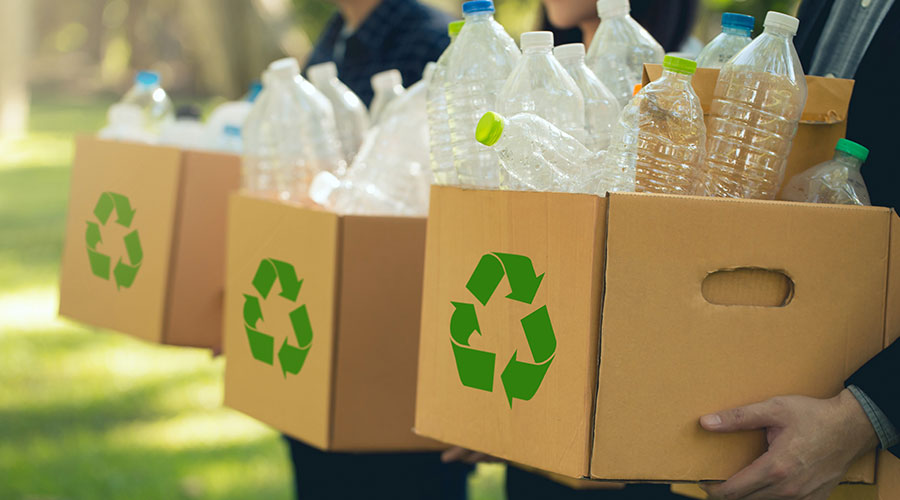Green Cleaning And Toxicology Basics
To best understand the science behind green cleaning, it is important to understand the basics of toxicology. Toxicology is the study of the negative effect of a physical stressor (chemical, biological, or radioactive) on a biological system (a cell, tissue, organ, organ system, or organism, including human beings). The key variables in determining the relationship between an exposure to a stressor and a health effect are:
- "dose" or the amount, such as concentration of the exposure
- "duration" or length of time of the exposure
- "toxicity" or strength of the individual toxin
- "host factors" such as age, sex, health status and other exposures.
Another foundational concept is the difference between a “hazard,” which is the potential for a pollutant to cause human illness or injury, and a “risk,” which is a measure of the probability that damage to life, health, property, and/or the environment will occur as a result of a given hazard.
This differentiation is important because even serious hazards can be mitigated through strategies such as increasing dilution, using personnal protective equipment, and making sure that hazardous work is done when occupants aren’t present. The real issue is not the hazard, but rather understanding the true risk to health and the environment so that the appropriate actions can be taken. 
Stephen Ashkin is president of The Ashkin Group LLC. He has worked on the issue of green cleaning since 1990.
Related Topics:
















